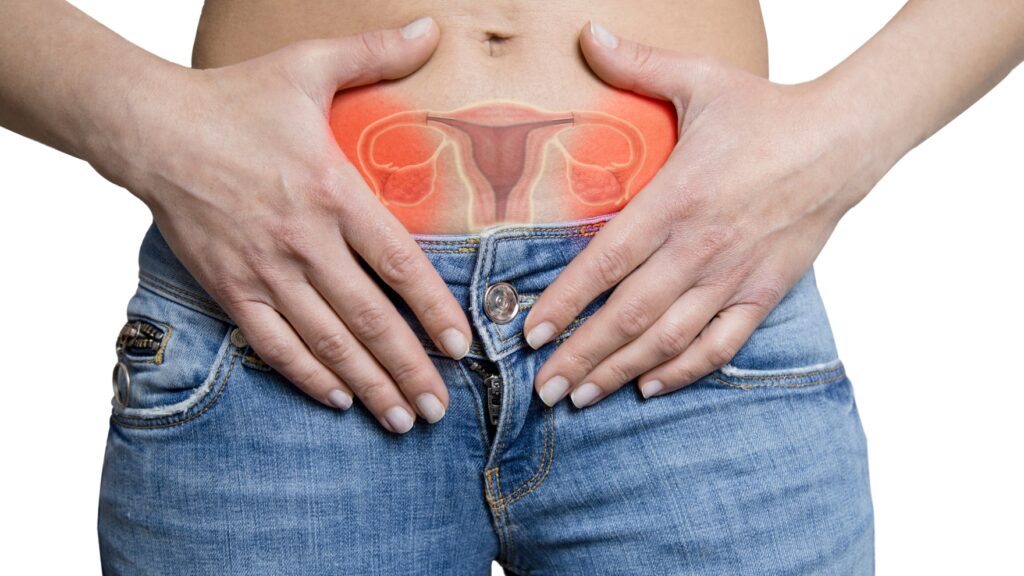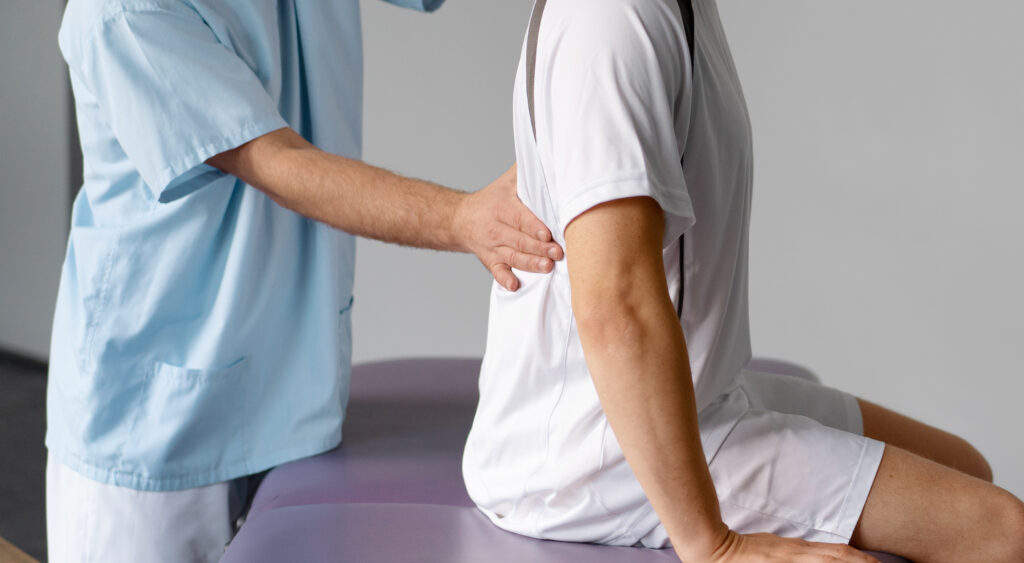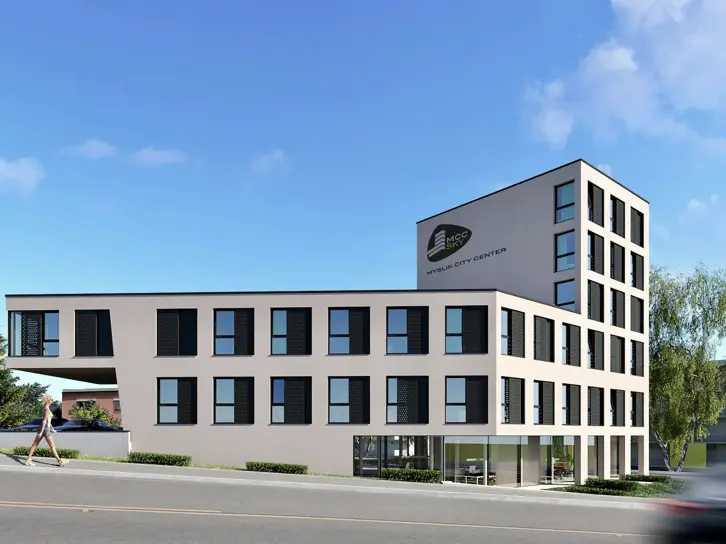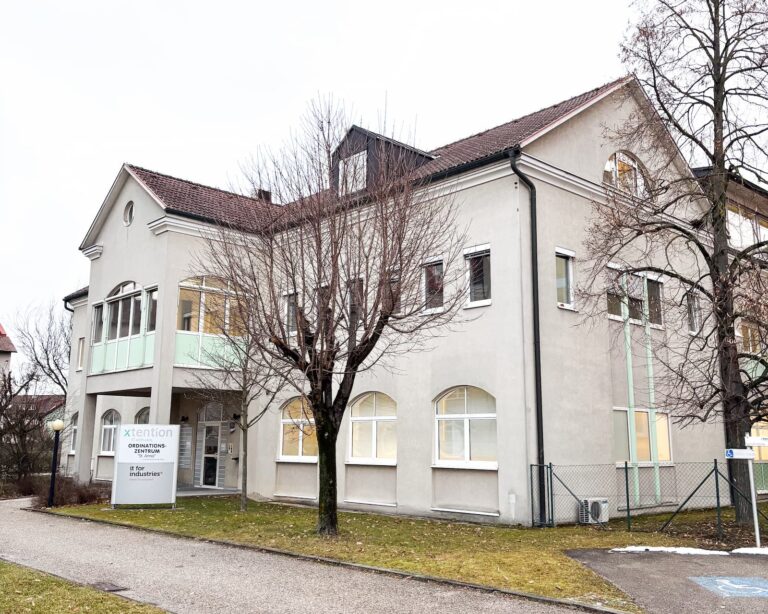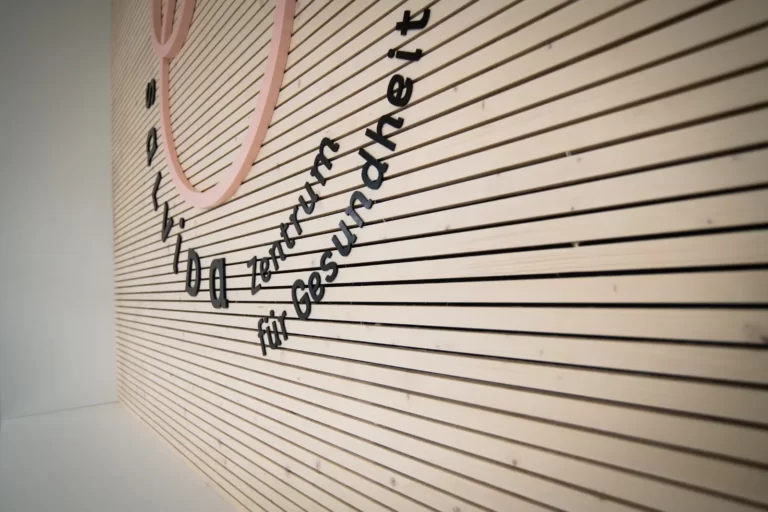Diagnostic and surgical hysteroscopy is a minimally invasive procedure that is used to examine and treat possible changes in the uterine cavity. The service includes both examination (diagnostics) and surgical intervention in the event of abnormalities.
Diagnostic hysteroscopy:
The aim is to inspect the uterine cavity and the cervix using a special optical instrument, the hysteroscope. The hysteroscope is inserted into the uterus via the vagina and cervix to examine the following structures:
- Endometrium (lining of the uterus)
- Uterine cavity (cavum uteri)
- Possible polyps, fibroids or adhesions (synechiae)
- Malformation of the uterus
- Unclear bleeding
Operative hysteroscopy:
If abnormalities are discovered during the diagnostic examination, they can usually be surgically corrected in the same session. Surgical measures can include
- Removal of polyps or fibroids
- Treatment of adhesions (Asherman’s syndrome)
- Removal of uterine septa (partitions)
- Sampling of suspicious tissue (biopsy)
Curettage (scraping):
In addition, a curettage, i.e. scraping of the uterine lining, may be performed. This may be necessary for further clarification of irregular bleeding.
Curettage can also be performed after hysteroscopy in order to obtain tissue samples for histopathological examination.
Performed under local or general anesthesia:
Hysteroscopy can be performed either without anesthesia or under general anesthesia, depending on the extent of the procedure, the patient’s wishes and the medical scope. General anesthesia is necessary for simultaneous thermal ablation.
Typical indications:
- Unclear bleeding
- Suspicion of polyps, fibroids or tumors
- Fertility diagnostics
- Suspected malformations of the uterus
- Examination after miscarriages
- Removal of a remaining intrauterine contraceptive system (IUD)
- Clarification of abnormal cancer smears (PAP IIIG)
Hysteroscopy is a low-risk procedure with low complication rates.
After the procedure:
Slight pain and bleeding may occur. A recovery period of a few days is recommended, especially after surgery. The duration of the procedure varies, but is usually between 15 and 30 minutes.
